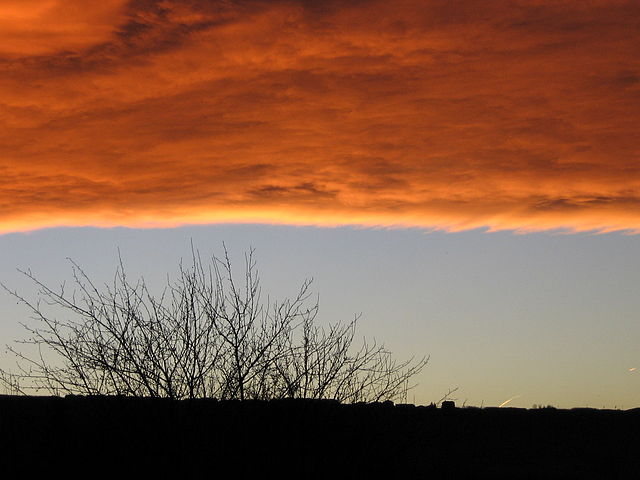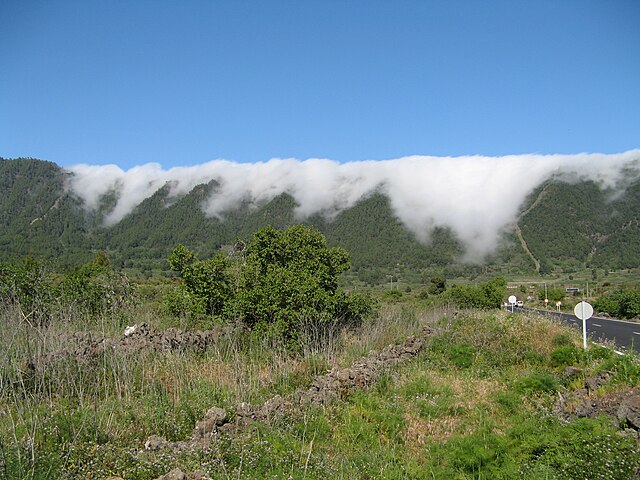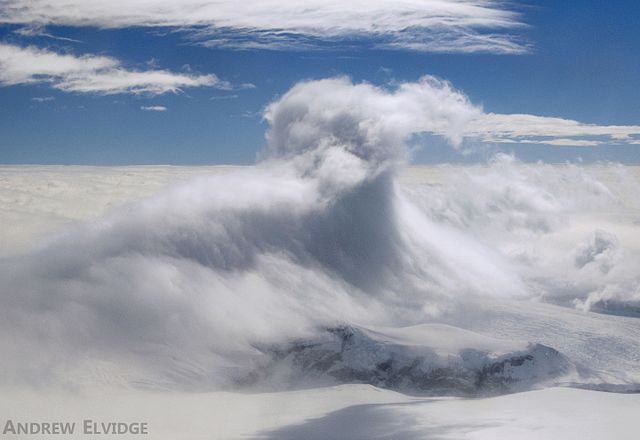Chinook winds, or simply Chinooks, are two types of prevailing warm, generally westerly winds in western North America: Coastal Chinooks and interior Chinooks. The coastal Chinooks are persistent seasonal, wet, southwesterly winds blowing in from the ocean. The interior Chinooks are occasional warm, dry föhn winds blowing down the eastern sides of interior mountain ranges. The coastal Chinooks were the original term, used along the northwest coast, and the term in the interior of North America is later and derives from the coastal term.Along the Pacific Northwest coast, where the name is pronounced ('chin'+'uk'), the name refers to wet, warm winds off the ocean from the southwest; this is the original use of the term. The coastal Chinook winds deliver tremendous amounts of moisture both as rain along the coast and snow in the coastal mountains, that sustain the characteristic temperate rainforests and climate of the Pacific Northwest.

Adiabatic warming of downward moving air; this produces the warm föhn wind called a "Chinook" (pronounced shin‑uk) in interior North America.
Chinook arch over Calgary, 6 January 2003
The extreme colors of a Chinook arch
Chinook arch in Calgary, Alberta, 19 November 2005
A Foehn or Föhn, is a type of dry, relatively warm, downslope wind that occurs in the lee of a mountain range.
It is a rain shadow wind that results from the subsequent adiabatic warming of air that has dropped most of its moisture on windward slopes. As a consequence of the different adiabatic lapse rates of moist and dry air, the air on the leeward slopes becomes warmer than equivalent elevations on the windward slopes.
Dissolving Föhn clouds over Cumbre Nueva (1400 m), La Palma
The warm moist air from northern Italy is blocked on the windward side, loses much of its water vapour content, and descends on the French plateau and valley of the Mont-Cenis range in the Maurienne valley.
Rotor cloud revealing overturning and turbulence above the lee slopes of the Antarctic Peninsula during a westerly Foehn event
Foehn clouds upon the Karawanken mountain range, Carinthia, Austria








